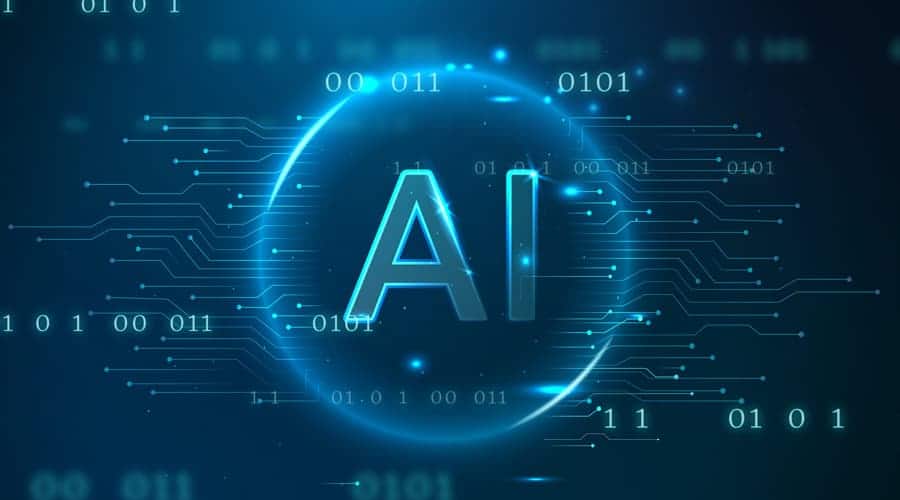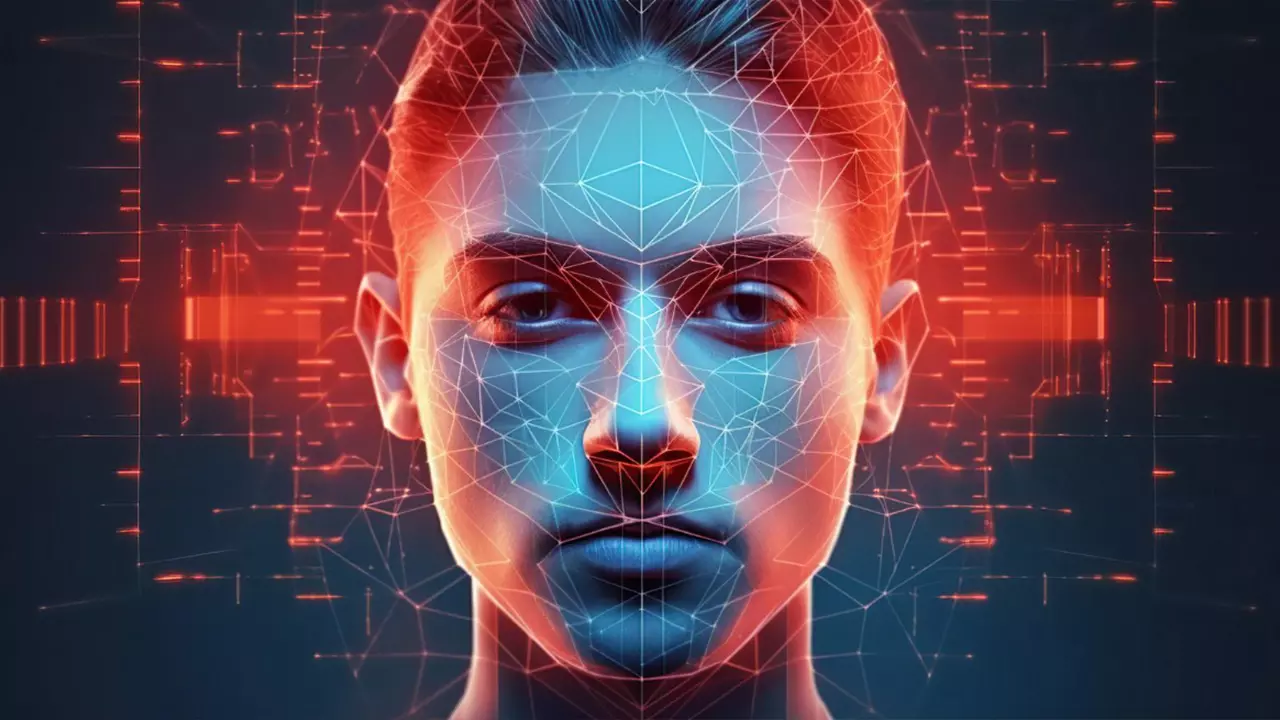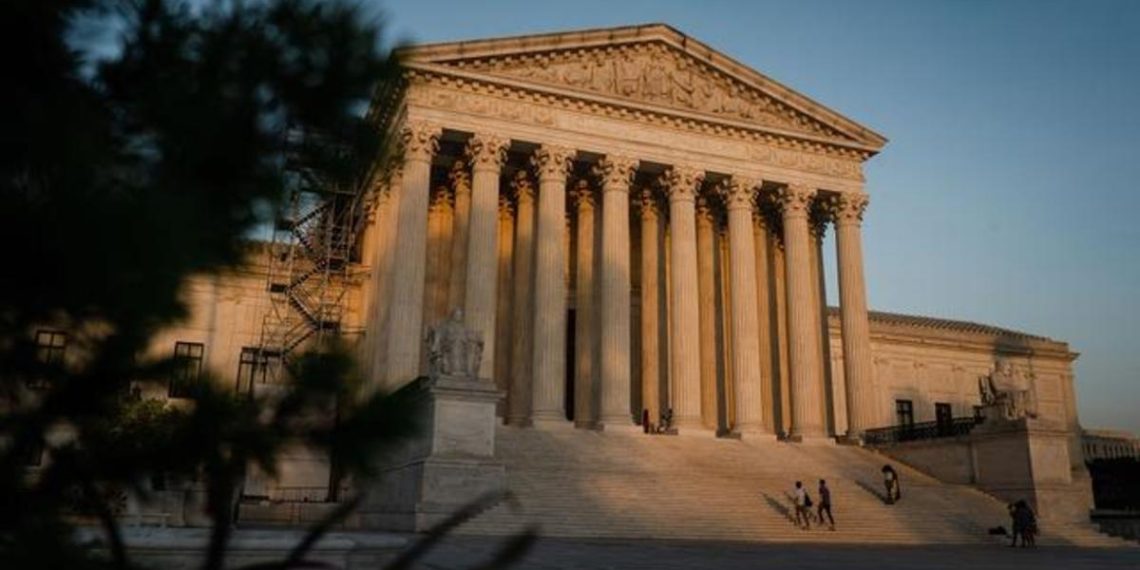A federal judicial panel convened in Washington, D.C., to address the authenticity and reliability of trial evidence produced by artificial intelligence (AI).
The committee, tasked with amending evidence rules, heard concerns about AI’s potential to manipulate videos and images, creating “deep fakes” that could disrupt trials.
During the three-hour session, computer scientists and academics raised alarm about the risks associated with AI-generated evidence. Some panel members questioned the urgency, citing limited instances of AI evidence challenges in court.

U.S. Circuit Judge Richard Sullivan expressed skepticism about the need for new rules, highlighting that judges already possess tools to handle AI evidence.
Similarly, U.S. District Judge Valerie Caproni acknowledged the evolving landscape but emphasized that existing measures may suffice for now.
The discussion unfolded against the backdrop of broader efforts to grapple with AI’s proliferation in legal contexts.
While acknowledging AI’s potential benefits, Chief U.S. Supreme Court Justice John Roberts stressed the need to discern its appropriate role in litigation.
Despite recognizing the significance of AI-related proposals, the panel remained cautious. One proposal aimed at addressing “deep fakes” encountered skepticism due to practical concerns, prompting plans for revision.

Another proposal, advocating for subjecting machine-generated evidence to reliability standards akin to expert witnesses, raised fears of hindering prosecutions by allowing indiscriminate challenges.
Law professor Andrea Roth acknowledged the challenge posed by opaque algorithms but warned against obstructing the scrutiny of AI-generated evidence. Striking a balance between ensuring reliability and preventing misuse remains a pivotal concern for the panel.




